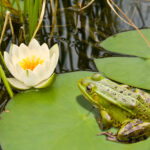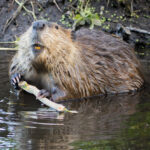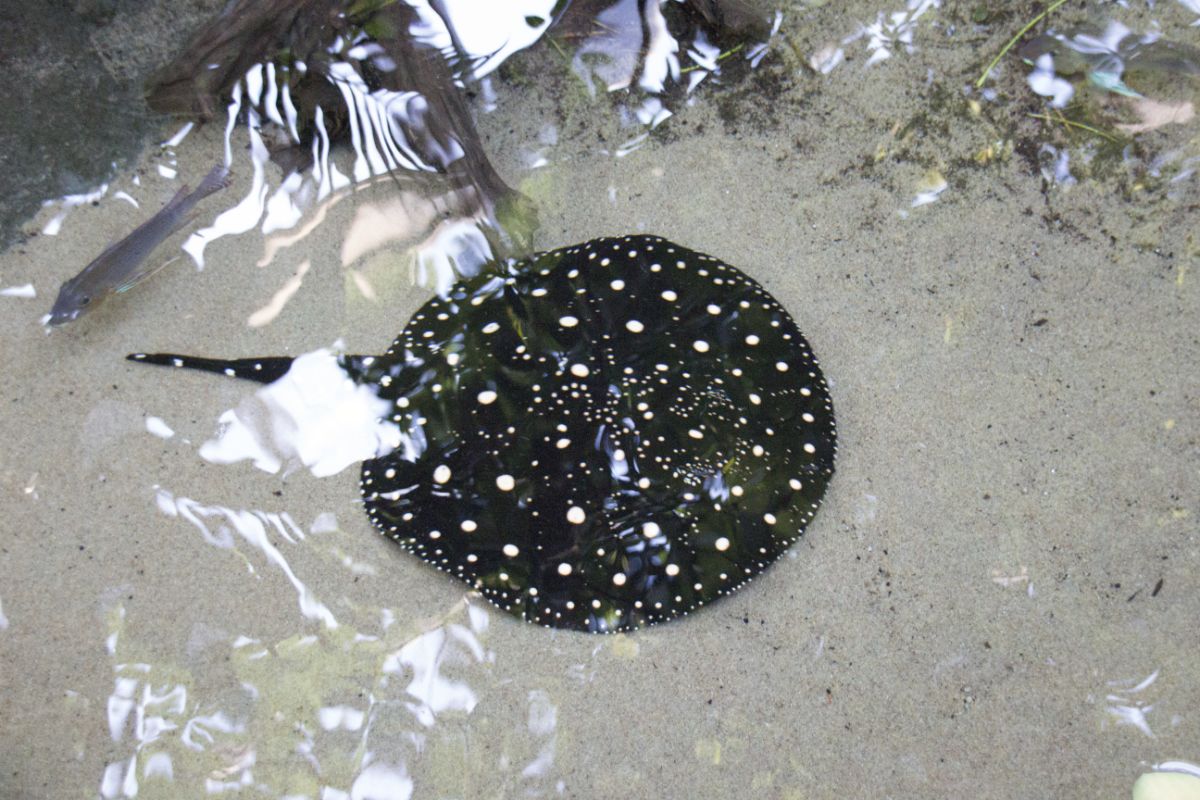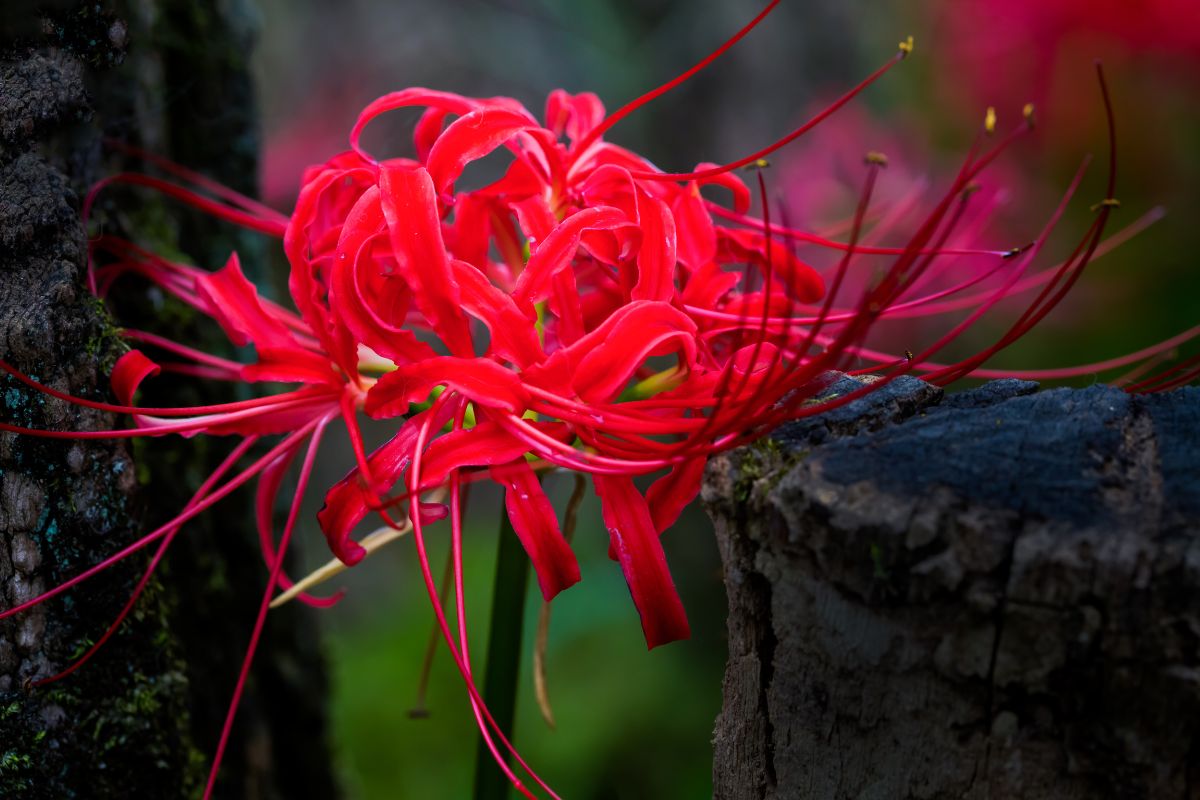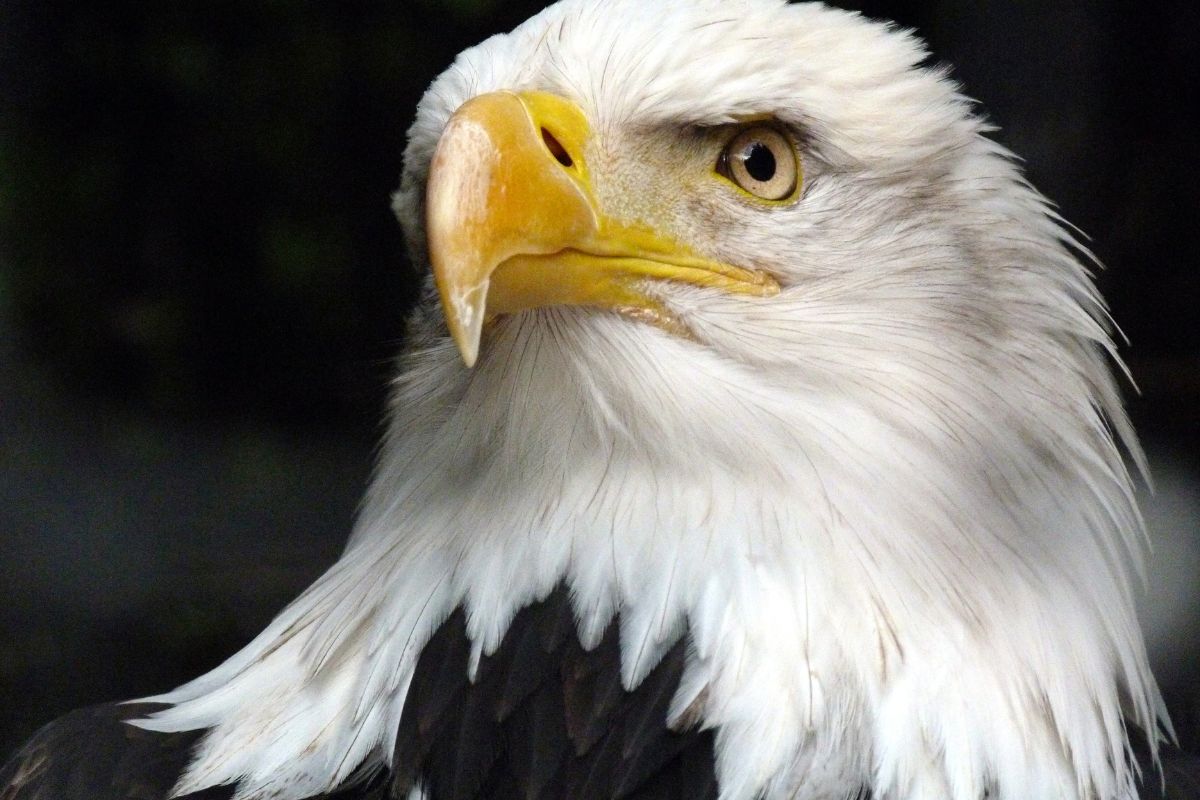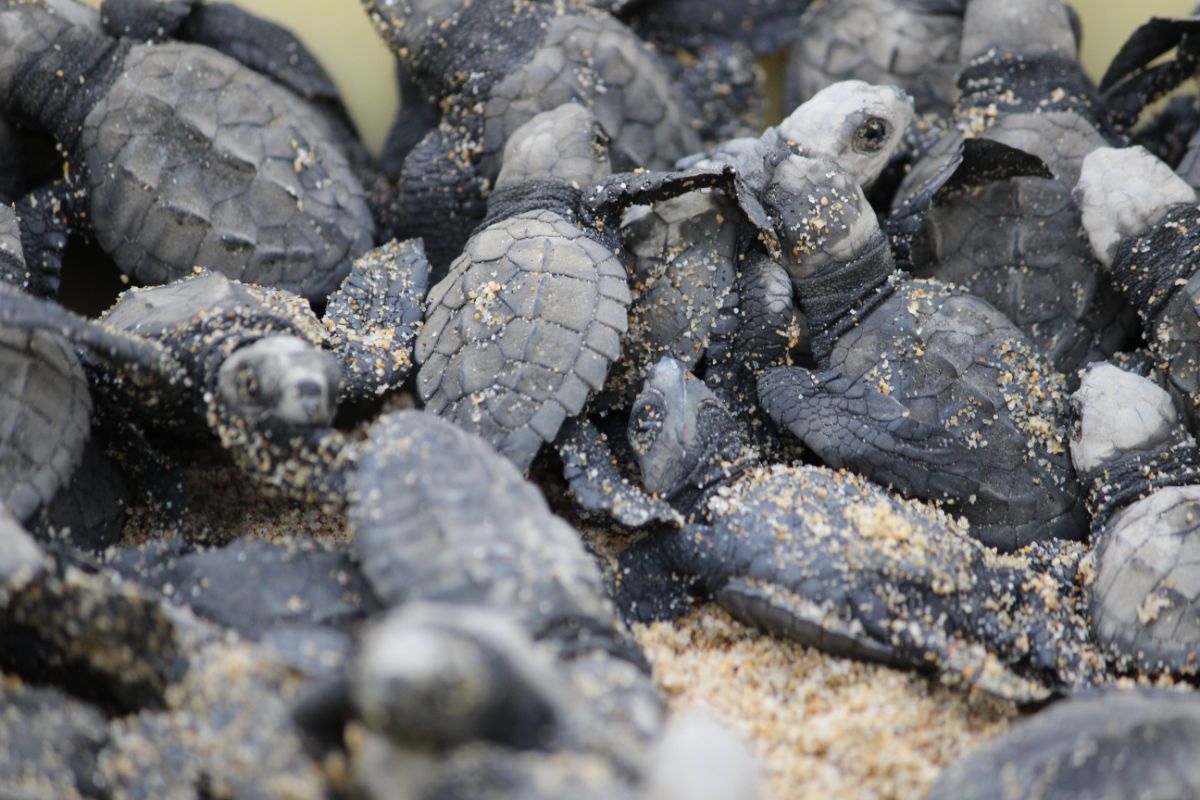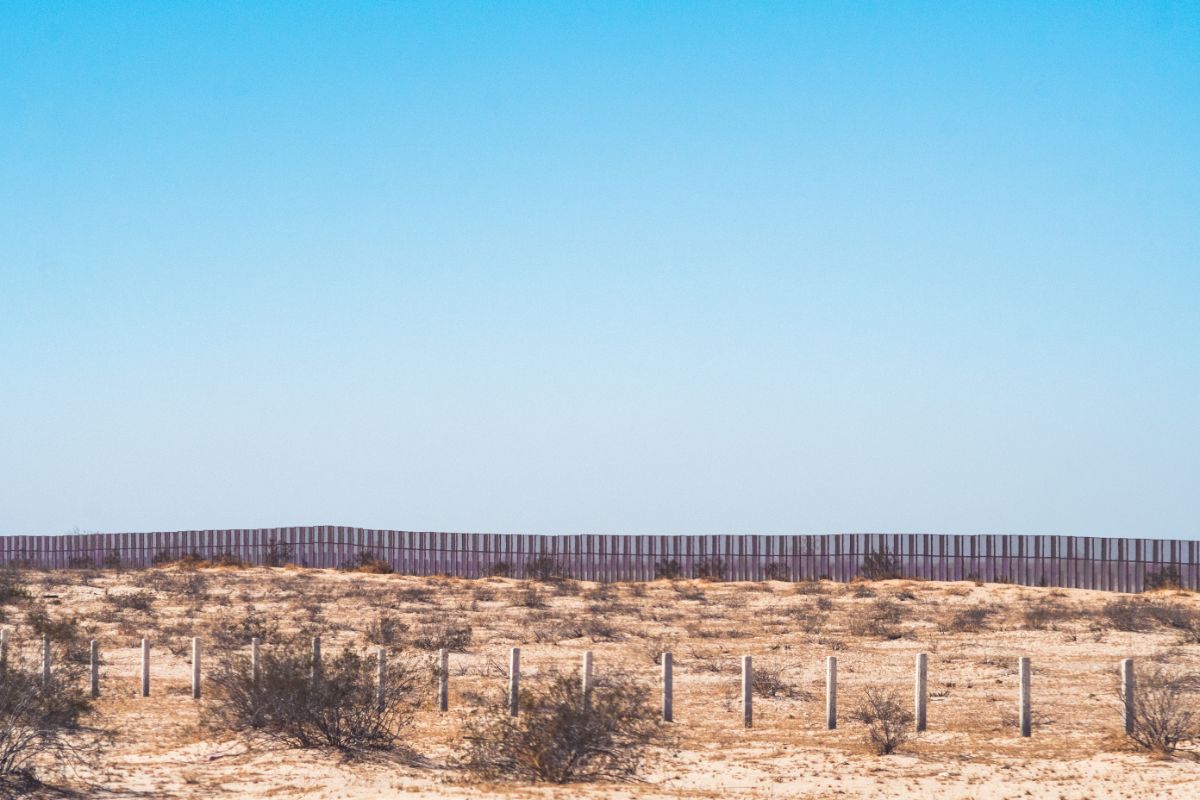
Ever walked by a river and noticed a pile of sticks that seemed perfectly arranged? That’s not just a random collection of wood—it’s the work of nature’s best engineers, the beavers! But why do they go to all this trouble? Understanding why beavers build dams isn’t just about discovering their habits; it’s about uncovering how these clever creatures help maintain healthy ecosystems, protect against flooding, and even improve water quality. Let’s dive in and explore the fascinating reasons behind their incredible construction skills.
Why Do Beavers Build Dams?
Beavers build dams primarily for protection. By creating a pond, they ensure a safe environment where they can avoid predators like bears, wolves, and coyotes. The deep water makes it harder for these predators to reach them, giving beavers a much-needed advantage. In essence, the dam creates a “safety zone,” allowing beavers to swim freely, an activity they excel at, and stay out of harm’s way.
Do Beavers Live in the Dams They Build?
You might think beavers live in their dams, but surprise—they don’t! Instead, they construct another structure called a “beaver lodge” within the pond created by the dam. These lodges are dome-shaped, built with sticks, grass, mud, and moss, and are the beavers’ true homes. With underwater entrances, beavers can come and go without being noticed, further protecting them from predators.
How Do Beavers Build Their Dams?
Beavers are basically nature’s engineers. They’ll use anything they can find—logs, branches, mud, rocks, you name it—to build their dams. Using their strong front teeth, they gnaw through trees to collect wood, which forms the primary structure of the dam. They then pack mud and rocks to fill in gaps, ensuring the dam is sturdy and watertight. This meticulous process means that beaver dams can last for decades, constantly adjusted and repaired as needed.
How Long Does It Take To Build A Beaver Dam?
The time it takes for beavers to construct a dam varies. Sometimes, it can take just a few days, but more complex structures might take weeks or even months. Beavers are persistent and hardworking, ensuring the dam is strong enough to withstand water pressure and changing weather conditions.
Why Are Beaver Dams Important?
Beaver dams play a crucial role in maintaining healthy ecosystems. By slowing down the flow of water, these dams create wetlands that provide habitats for various wildlife, including fish, frogs, birds, and insects. Think of the wetlands like a giant sponge—they help soak up water, prevent flooding, and keep the water clean by filtering out dirt and debris. Beavers are often referred to as a “keystone species” because their dam-building activities have a positive impact on countless other species.
The Difference Between A Beaver Dam And A Beaver Lodge
A beaver dam and a beaver lodge serve different purposes. The dam is built across streams or rivers to create a pond, providing safety and access to food. In contrast, the lodge is the beaver’s actual home, where they sleep, raise their young, and store food. The lodge is usually located in the middle of the pond, with an underwater entrance that protects the beavers from predators.
What Do Beavers Eat?
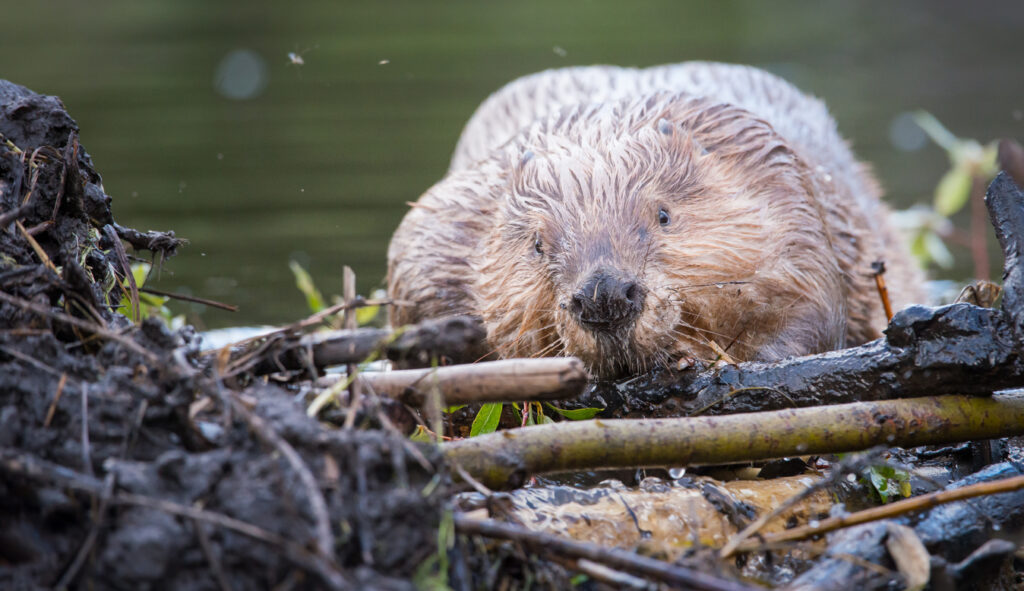
Unlike what you might have read in stories, beavers are herbivores. They don’t eat fish but prefer a diet of leaves, tree bark, twigs, and aquatic plants like water lilies. During winter, beavers store branches and logs underwater near their lodge, creating a food cache they can access when the pond freezes over. To learn more, check out our article, What do beavers eat?
How Many Beavers Live In A Lodge?
A typical beaver lodge can house a family, or “colony,” of about 5 beavers on average, though it can accommodate up to 10 members. A single family often consists of parents, yearlings, and kits (baby beavers). As the beavers grow, they might eventually leave to start their own colonies and build new dams.
Are Beavers Nocturnal?
Yes, beavers are mostly nocturnal, meaning they’re active during the night. They usually leave their lodge around 7:00 pm to gather food, maintain the dam, or mark their territory. This nighttime behavior helps them avoid predators and work in peace.
How Do Beaver Dams Benefit Other Wildlife?
Beaver dams have a tremendous impact on the environment. The wetlands they create offer homes to many other species, from fish and frogs to birds and insects. These wetlands act as natural water filters, trapping pollutants and helping keep streams and rivers clean. In drought-prone areas, beaver dams can store water, ensuring that other animals and plants have access to a water source during dry periods. If you want to see all of the wildlife that inhabit these areas, check out our article that lists 56 animals found in lakes.
Beavers: Nature’s Engineers And Ecosystem Guardians
And here’s the thing—beavers aren’t just great builders; they’re like nature’s very own engineers. By building their dams, beavers actually help fight climate change. They store water, stop wildfires, and even trap carbon. Pretty cool, right? This makes them incredibly valuable to our environment, and efforts to protect and reintroduce beaver populations in various regions have proven beneficial to countless ecosystems.
Final Thoughts:
So, why do beavers build dams? It’s all about safety, survival, and creating a stable environment. These incredible creatures have been shaping rivers and streams for millions of years, providing vital habitats for other wildlife and helping maintain a balanced ecosystem. Next time you come across a beaver dam, take a moment to appreciate the hard work and intelligence that went into building such a remarkable structure.
- What Do Squirrels Eat? Learn About Their Diet and Winter Survival - October 14, 2024
- What Do Raccoons Eat? Discover Their Diet and Eating Habits - October 6, 2024
- What do foxes eat? - October 5, 2024

